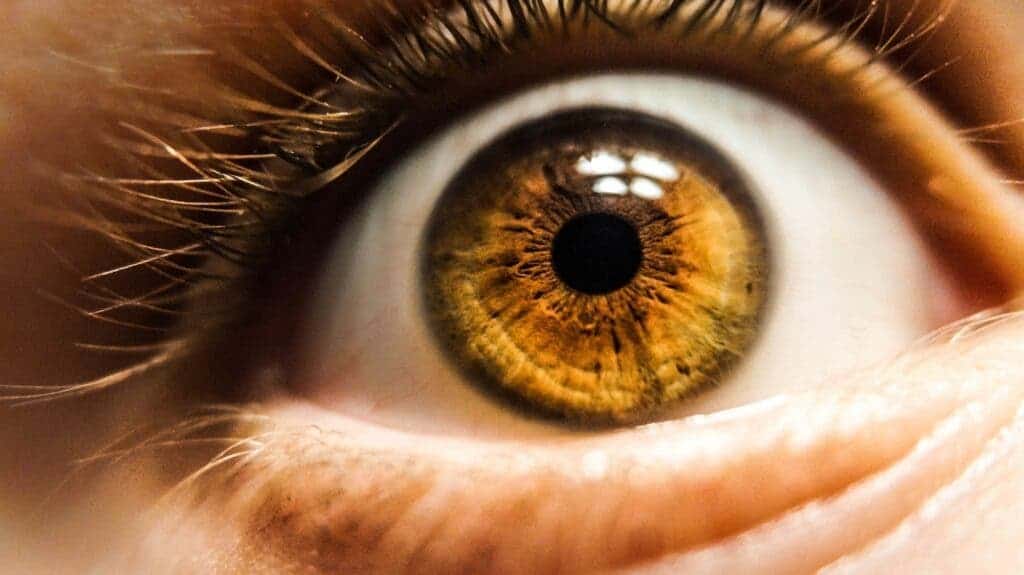Every year, over 1.5 million people lose their eyesight due to cornea-related injuries and disorders. Although such patients can be treated with corneal transplantation, about 12.7 million of them are still waiting for treatment as there is always a shortage of corneal tissue donors.
But technology could help ease some of this burden. A team of researchers in Hyderabad, India, developed a 3D printed cornea — starting from one donor, the technique allows the creation of three corneas, basically tripling the number of patients that can receive a transplant.

It’s not the first time researchers have looked at ways to 3D print corneas. In 2018, scientists from Newcastle University in the UK claimed to have developed the world’s first 3D printed cornea, and this year in April, an ophthalmologist in Jerusalem also reported having transplanted the thinnest 3D printed cornea to a patient with impaired vision.
There are various other teams in different corners of the world working on similar projects but according to the Indian researchers their 3D printed version stands out as it is made from 100% natural “bio-ink”. Explaining this further, the researchers told the Times of India:
“Although corneal substitutes are being actively researched throughout the world, they are either animal-based or synthetic. Pig or other animal-based products are unsuitable for India and many other parts of the developing world because of issues related to social and religious acceptability.”
The 3D-printed cornea is completely free from artificial compounds and animal residues and it has the potential to solve the ongoing cornea supply-demand crisis present in many parts of the world.
The researchers have already conducted a successful cornea transplant surgery on a rabbit using their 3D printed solution, and now they are planning to make it ready for human use (eye-related medical technologies are generally first tested on rabbit eyes because they have numerous anatomical features similar to the human eye).
The hidden potential of 3D printed cornea
The cornea is developed by researchers from the Indian Institute of Technology (IIT, Hyderabad), LV Prasad Eye Institute (LVPEI), and the Centre for Cellular and Molecular Biology (CCMB). It is 3D printed using a bio-ink also referred to as biomimetic hydrogel that consists of human eye stem cells and corneal tissues. Apart from being used for 3D printed cornea, the bio-ink can also be used to assist the healing property of the cornea.

The cornea typically has the power to naturally heal itself. However, if there are back-to-back injuries and proper eye care is not provided, even a minor injury can cause increasingly large problems. In extreme cases, the damage can become irreparable. This is, for instance, the case of soldiers or people who don’t have access to a hospital.
“The bio-ink used in the 3D-printed cornea can be sight-saving for army personnel at the site of injury to seal the corneal perforation and prevent infection during war-related injuries or in a remote area with no tertiary eye care facility,” the LVPEI team told the Times of India.
The researchers suggest that their cornea can be custom-printed as per the different needs of different patients. Moreover, they can print corneas with diameter sizes ranging from 3 mm to 13 mm. Medical conditions like scars, blisters (bullous keratopathy), and thinning of the cornea (keratoconus) can be easily treated by transplanting the 3D printed solution.
However, there is still some time before this cornea is made available to the general public. Currently, the researchers are tweaking the technology to make it better and safer for humans and then they’ll perform clinical trials. Hopefully, in a couple of years, the 3D-printed cornea will be available to save people from cornea-linked blindness.



